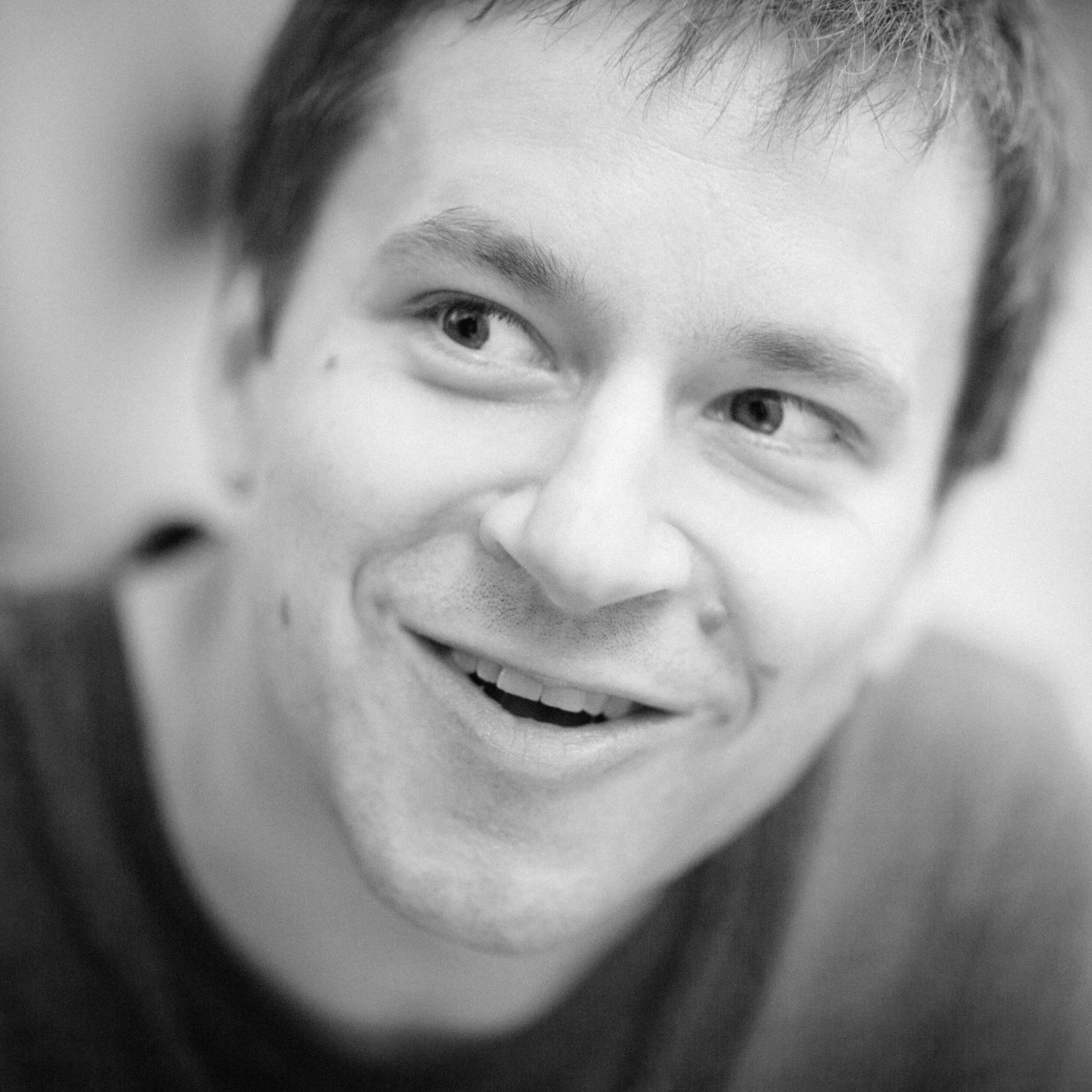Photo by Piper Watson
Stephen Lilly (they/them; Stephen or Steph) is a composer, performer, audio engineer, poet, and amateur accountant. Their music ranges from “just dark” and “so demanding on the listener” (The Retriever) to “really more ‘performance art’...the sort of thing you are very glad to have experienced without necessarily wanting to revisit it” (The Washington Post). Steph has degrees from the University of Idaho (composition/bass performance) and the University of Maryland (composition). They also spent a year studying electroacoustic music at the Institute of Sonology in The Hague. Their work ranges from abstract and microtonal to theatrical and satiric; they mostly compose chamber music for friends and friends of friends as well as fixed media works for nobody in particular. Their writings on contemporary experimental music have been published in Organised Sound, Performance Research, Perspectives of New Music, and Computer Music Journal. Recordings of their compositions have been released by SEAMUS, the Society of Composers Inc., C7 Music and the New Mexico Contemporary Ensemble, while recordings they have engineered have been released on Neuma, Navona, and Albany Records. On a final note, Steph used to teach but now just lives in DC, where they continue to compose and perform.
Here’s a links to their band Blood Family Reunion: Bandcamp | Facebook | Instagram
Artistic Statement
I am a musician drawn to the fringe. It’s not surprising that the first two composers to have profound effect on my compositional outlook were Ornette Coleman and John Cage, both of whom embraced a very broad definition of music. Consequently, in my own evolution as an artist, I have sought out the lesser-known intersections of experimentation, technology, and performance, with the goal of bringing that same sense of newness and wonder to audiences and performers experiencing my work that I felt upon hearing Coleman’s Beauty is a Rare Thing.
I consider my work to be experimental in that I am constantly searching for unique ways of hearing, presenting, and framing sound. For years, I referred to myself as a composer whose output was music, and my compositional approach was to rid my music of all habit by intentionally frustrating my working methods and attempting to begin anew with every piece. With every work, I questioned the content, structure, and environmental context of my music, but the concept of “music” remained. For most composers, music is still about pitch structures and rhythmic organization and is often confined to traditional performance practices, by which I refer to the use of a core set of instruments with well-established rules for sound production playing on a clearly demarcated stage. In challenging these concepts, I have spotlighted extra-musical facets such as incidental noise, the performers’ visual gestures, and the drama of the concert ritual. As a result, my work has become increasingly theatrical, visual, and even satirical, and this, in turn, has led to a broader approach to sound as art, moving beyond the cultural constraints of sound as music. In other words, I am trying to artistically frame sound in such a way that it is not perceived solely as music.
When incorporating computers and live electronics, my work seeks to question and actively engage technology rather than passively accept its incorporation—if a work is to have an electroacoustic aspect, its justification needs to arise from the conceptual framework of the composition itself. Accordingly, my electroacoustic works center on exaggerating and manipulating the very media we use to record, transmit, and playback sound—be it a piece derived from the formation of a single digital sample to exploiting the sounds generated by audio equipment when no “instruments” are present.
My role as a composer is not someone who dictates what performers should do when, but rather an instigator who provides an opportunity for exploration—allowing an instrumentalist to contemplate and react to his or her instrument in an unfamiliar context or giving a technologist the permission to explore the unilluminated potential lurking within piece of gear. This collaborative method is at the heart of all my artwork, and over the past decade, I have collaborated with fellow musicians, visual artists, choreographers, and filmmakers to this end. I seek like-minded artists and venues worldwide, with whom I can explore new and innovative approaches to technology and performance through the creation of a new sonic art.

